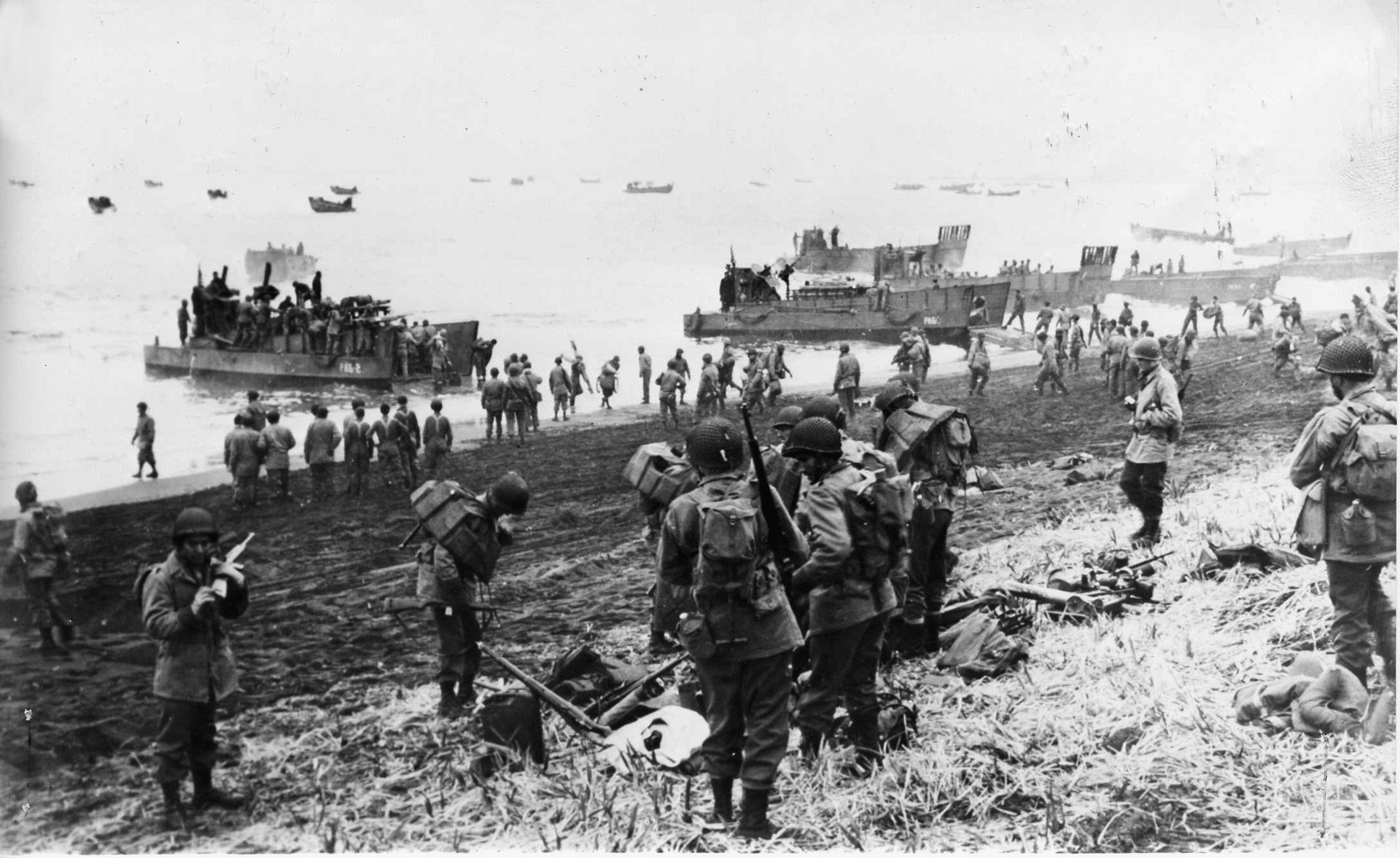The United States Navy has long been a dominant force on the world’s oceans, with a diverse fleet of ships designed to fulfill specific roles in both offensive and defensive operations. Among the most iconic and historically significant vessels in the U.S. Navy are battleships and destroyers; while both ship types have played critical roles in naval warfare, they differ significantly in terms of design, capabilities, and mission profiles. There are, of course, key differences between U.S. battleships and destroyers, their historical evolution, and their respective roles in modern and past naval operations.
Battleships - The Titans of the Seas
Battleships emerged in the late 19th and early 20th centuries as the pinnacle of naval power. These massive vessels were designed to project force through overwhelming firepower and thick armor. These battleships, such as the famous Iowa-class, were among the most powerful warships ever built. They were characterized by their heavy armor, large-caliber guns, and imposing presence. Battleships were primarily used for naval gunfire support, fleet engagements, and shore bombardment. Their role was to dominate the seas by outgunning and outlasting enemy ships.
The heyday of battleships was during World War I and World War II, where they played a central role in major naval battles. However, the advent of aircraft carriers and long-range missile technology in the mid-20th century diminished the battleship’s relevance. By the 1990s, the U.S. Navy had decommissioned its last active battleships, though they remain a symbol of naval might.
Destroyers - The Workhorses of the Fleet
Destroyers, on the other hand, have a more versatile and enduring role in naval operations. Originating in the late 19th century as torpedo boat destroyers, these ships were initially designed to protect larger vessels from fast, lightly armed torpedo boats. Over time, destroyers evolved into multi-mission platforms capable of anti-submarine warfare, anti-aircraft defense, and surface warfare.
Modern U.S. destroyers, such as the Arleigh Burke-class, are among the most advanced warships in the world. They are smaller and faster than battleships but are equipped with sophisticated radar systems, missile launchers, and anti-submarine warfare capabilities. Destroyers have remained relevant due to their adaptability and ability to operate in a variety of roles, from escorting aircraft carriers to conducting independent missions.
Size and Armament
One of the most obvious differences between battleships and destroyers is their size. Battleships are significantly larger, with the Iowa-class battleships measuring 887 feet in length and displacing over 45,000 tons. In contrast, the Arleigh Burke-class destroyers are approximately 500 feet long and displace around 9,000 tons. This size difference reflects their respective roles: battleships were built to withstand heavy punishment and deliver devastating firepower, while destroyers prioritize speed, maneuverability, and versatility.
Battleships are armed with massive main guns, typically 16-inch (406 mm) in caliber, capable of firing shells weighing over 2,000 pounds at targets more than 20 miles away. These guns were used for both naval engagements and shore bombardment. In addition to their main batteries, battleships were equipped with secondary guns, anti-aircraft weapons, and later, cruise missiles.
Destroyers, by comparison, rely on a mix of missiles, guns, and torpedoes. Modern destroyers are equipped with vertical launch systems (VLS) that can fire a variety of missiles, including surface-to-air, anti-ship, and land-attack cruise missiles. They also have smaller caliber guns, such as the 5-inch (127 mm) Mk 45 naval gun, for close-range engagements. This diverse armament allows destroyers to engage multiple types of threats, from aircraft to submarines.
Armor and Protection
Battleships are renowned for their heavy armor, which was designed to protect them from enemy shells and torpedoes. The Iowa-class battleships, for example, had armor belts up to 12 inches thick and heavily armored turrets. This level of protection allowed battleships to survive direct hits and continue fighting.
Destroyers, by contrast, are lightly armored. Their emphasis on speed and maneuverability means they cannot carry the same level of protection as battleships. Instead, modern destroyers rely on advanced defensive systems, such as the Aegis Combat System, to detect and intercept incoming threats before they reach the ship. This includes the use of radar, electronic warfare, and missile interceptors like the Standard Missile series.
Speed and Maneuverability
Destroyers are significantly faster and more maneuverable than battleships. The Arleigh Burke-class destroyers can reach speeds of over 30 knots (approximately 35 mph), allowing them to quickly respond to threats or reposition during combat. Battleships, while still capable of respectable speeds (the Iowa-class could reach 33 knots), were less agile due to their size and weight.
Battleships and destroyers represent two distinct philosophies in naval warfare. Battleships were the ultimate expression of brute force and firepower, designed to dominate the seas through sheer size and strength. Destroyers, by contrast, are agile, versatile, and adaptable, capable of responding to a wide range of threats and missions. While battleships have faded into history, their impact on naval warfare is undeniable. Destroyers, however, continue to evolve and play a critical role in maintaining U.S. naval superiority. Together, these ship types illustrate the dynamic nature of naval power and the importance of adapting to changing technologies and threats. Whether as symbols of past glory or as cutting-edge tools of modern warfare, battleships and destroyers remain integral to the story of the U.S. Navy.



%201.svg)










